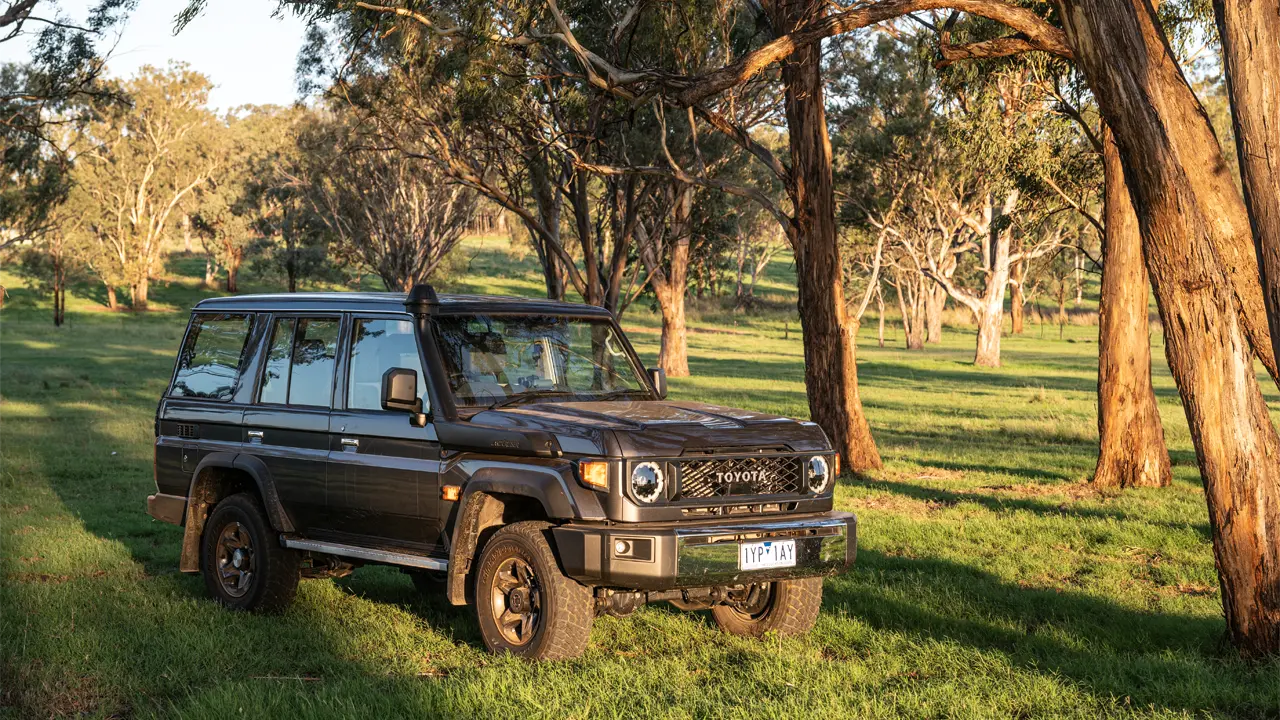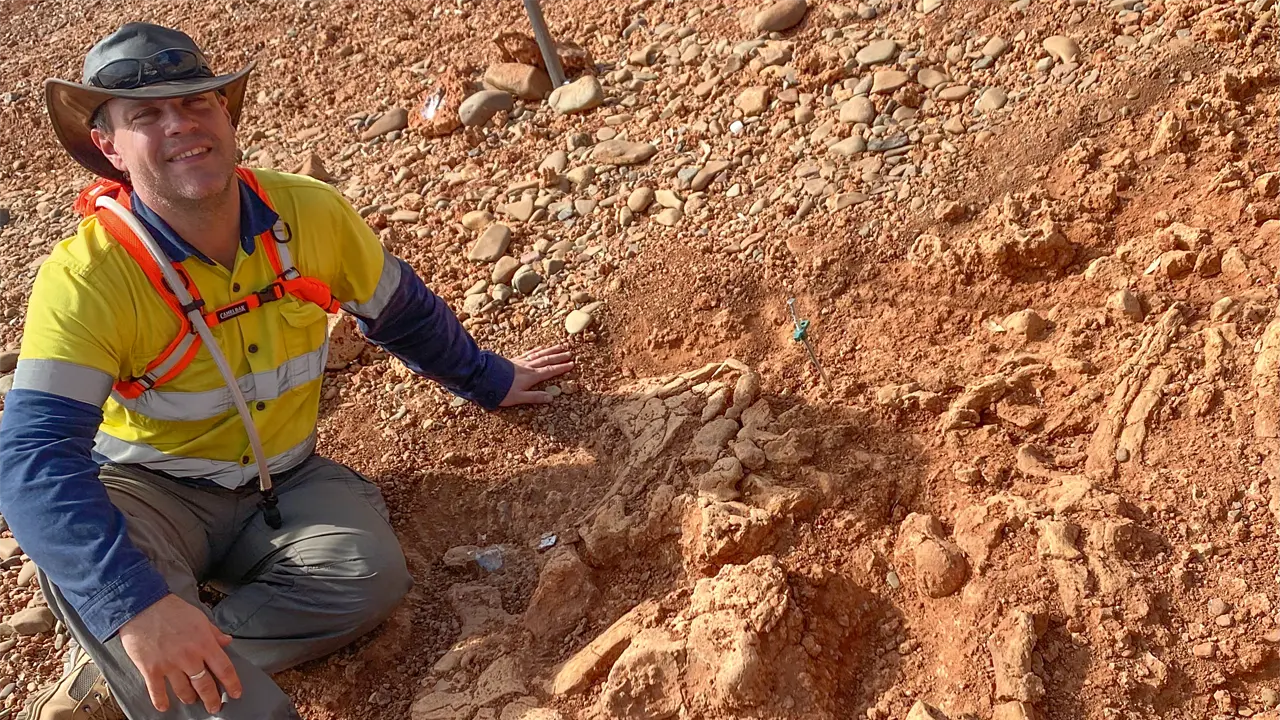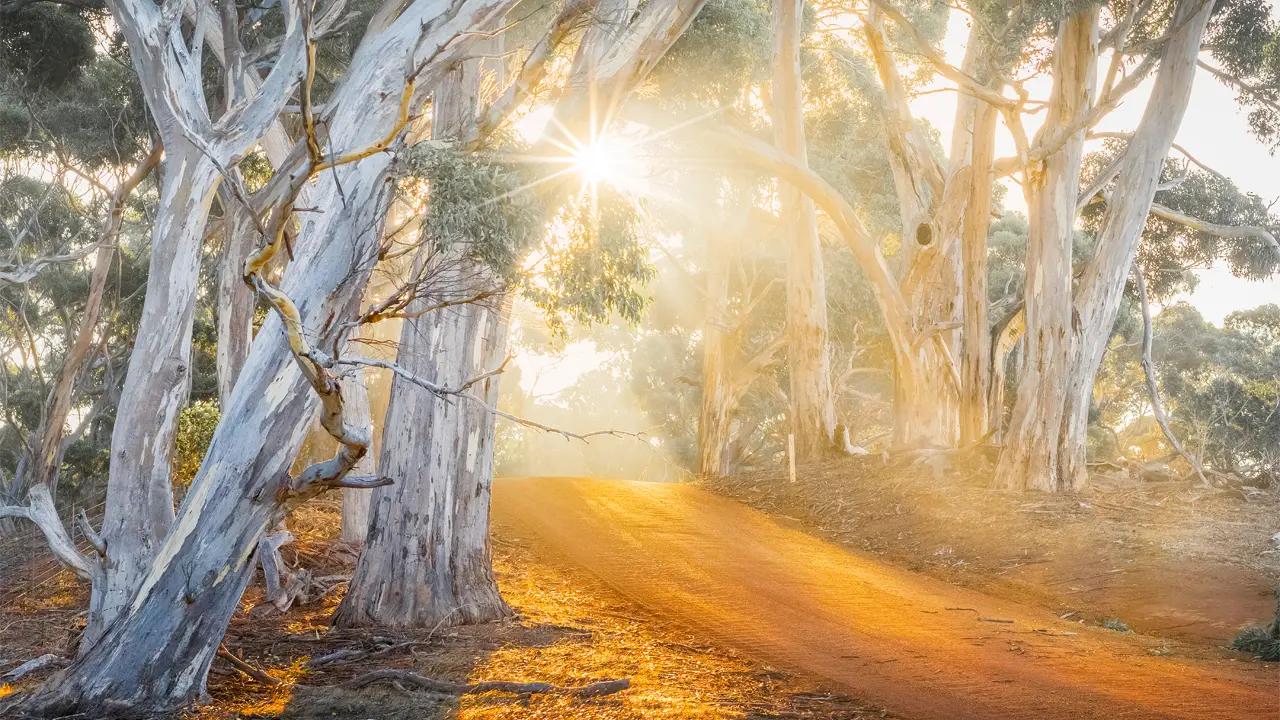The new 70 Series embraces the future while being inspired by the past.
Story + Photo Mark Muller
The introduction of the Toyota LandCruiser during the 1950s as a workhorse for the first Snowy Hydro scheme heralded the opening chapter of one of the strongest storylines in Australian 4WDing. While flagship iterations such as the 300 Series are unquestionably ‘new’ vehicles, the stalwart 70 Series has – arguably more than any other model in the Toyota line-up – remained decidedly wedded to its past. From its introduction in 1984, the 70 Series quickly won hearts in our heartland. It remains a mainstay of remote transport and it is now ubiquitous in the bush. There’s a reason for that: simplicity, reliability, robust build and, nowadays, a wide service network and an even wider range of people adept at working on these workhorses. In many ways their presence has become a self-fulfilling loop. With the introduction of a turbo diesel V8 in 2007 (paired with a 5-speed manual gearbox) many felt outback motoring nirvana had been reached.
The 4.5L V8 engine iteration is still available in the newly minted 2024 LC70 Series, but times are a changing, and now a ‘modern’ 2.8L 4-cylinder turbo diesel in conjunction with a 6-speed auto is also on offer. There are those who scoff at this, but the engine and gearbox are well-matched and have seen solid service in both the Hilux and Prado for a number of years now. This is new without being newfangled.
The numbers stack up well with the smaller engine. The V8 delivers 151kW of power, the 4-pot is within a barely noticeable whisker at 150kW (204hp). As for torque, the 2.8L engine provides 500Nm versus the V8’s 430Nm. Neither powerplants break land speed records: claimed acceleration of 0–100km/h in the 4 is 11.2 seconds, somewhat faster than the V8’s 14.5 seconds. But really, no-one’s going drag racing in a 70-Series. The top speed is electronically limited to 175km/h, but again, who’s going to push the brick-with-wheels styling to that extreme?
And styling is a thing – broadly a love or hate proposition. OUTBACK had the opportunity recently to take a LC76 4-door GXL wagon across roughly 1000km of mixed country over a week or so. Sealed roads, back roads, single-lane twisty potted bitumen and sketchy gravel and dirt as well as on-farm and across paddock were all tackled, and the boxy wagon was right at home in all of it. More than at home – particularly in the backblocks, where it is totally at ease and relaxed. It’s utilitarian and proudly so. That said, the GXL fit-out provided luxuries such as electric windows (electric windows!), alloy wheels, a touch-screen infotainment system compatible with both Apple & Android (Apple via cable only) and a leather steering wheel straight from the Hilux. It’s certainly got a retro vibe, with the round LED headlights and rectangular grill giving a significant nod to the old FJ40, and the upright driving position very 1984 indeed. But it is comfortable, and sitting in the cabin is like being in a glasshouse – the visibility afforded by the high roof and large, squarish windows is outstanding, particularly when compared to the steeply angled, sleek (let’s be honest: aerodynamic) cabins of the modern space-pod aesthetic that is evident in so many new 4WD wagons (heroic exceptions being the Mercedes G-Wagen and the new/old kid on the block, the Ineos Grenadier).
Cargo space is generous, with the load area swallowing a full-size swag, Yeti 24 hard cooler, camp cot, chair and table, 40L travel bag and a large tarp, without having to compromise rearward visibility or bring the 60:40 split-fold rear seats into play.
The LC76 drove well, given what it is. The ladder frame, rigid live axles (with elliptic leaf springs on the rear), 2300kg kerb weight, ventilated disc brakes front and rear and electronic brake force distribution, anti-lock braking and 1940mm height and the boxy shape make for a firm but controlled ride and driving dynamics that need to be worked with, not against. All of these things, plus the snorkel, 290mm ground clearance, excellent approach and departure angles, front and rear diff locks, dual range transmission and good steering feedback mean this can go places many other vehicles can’t. When you throw in a 130L fuel tank as standard, and fuel efficiency of 10.3L/100km as tested, it will certainly cover some country.
Retro? Yes. Refined? Sort of. Rugged, reliable and rewarding? Absolutely.
This story excerpt is from Issue #154
Outback Magazine: April/May 2024










